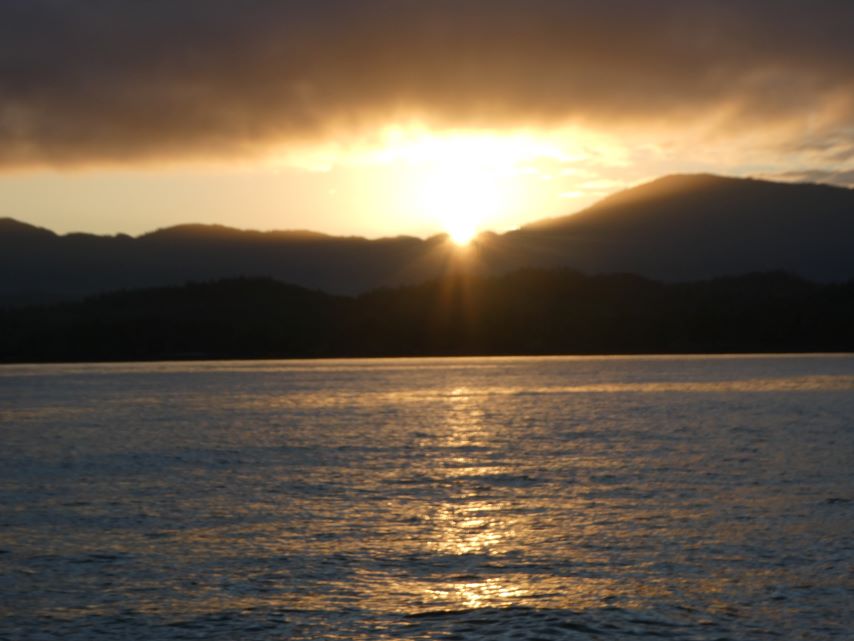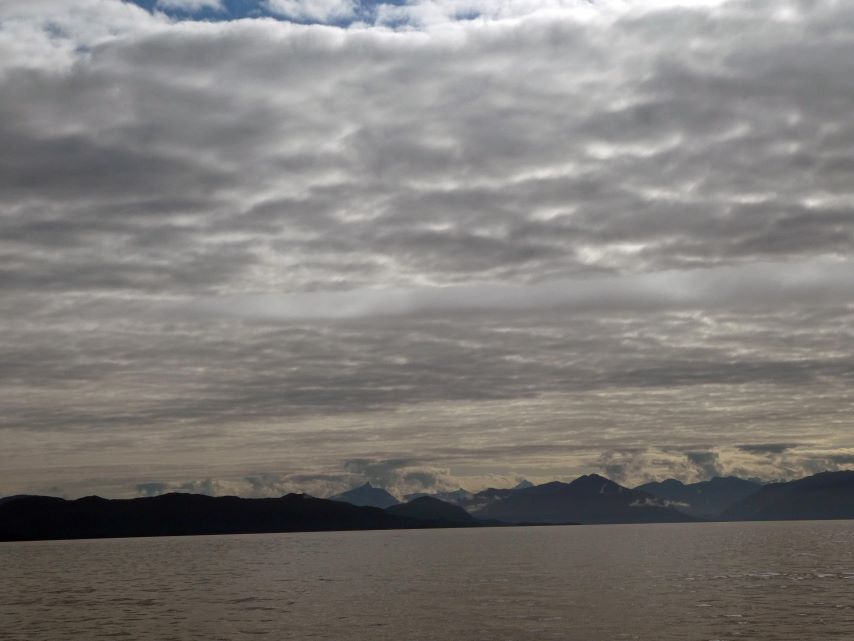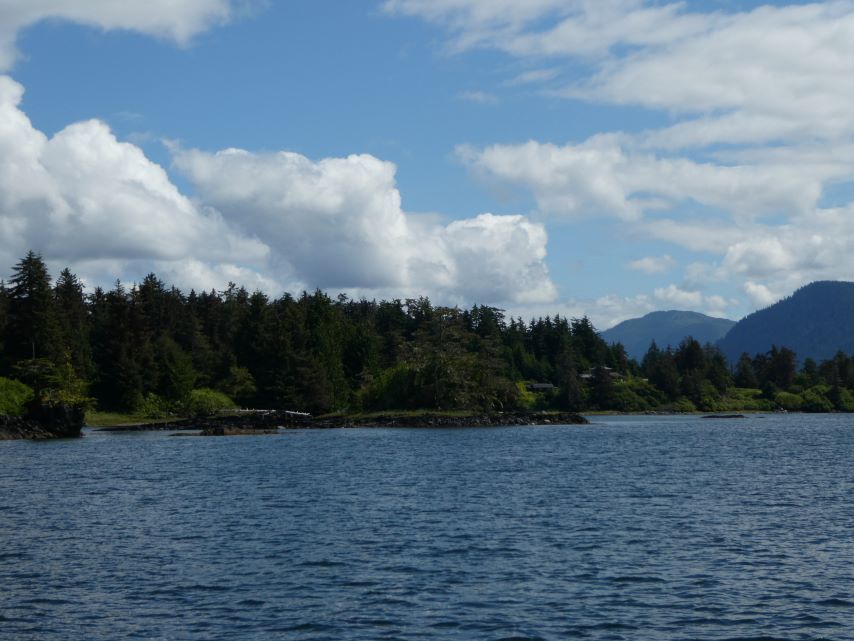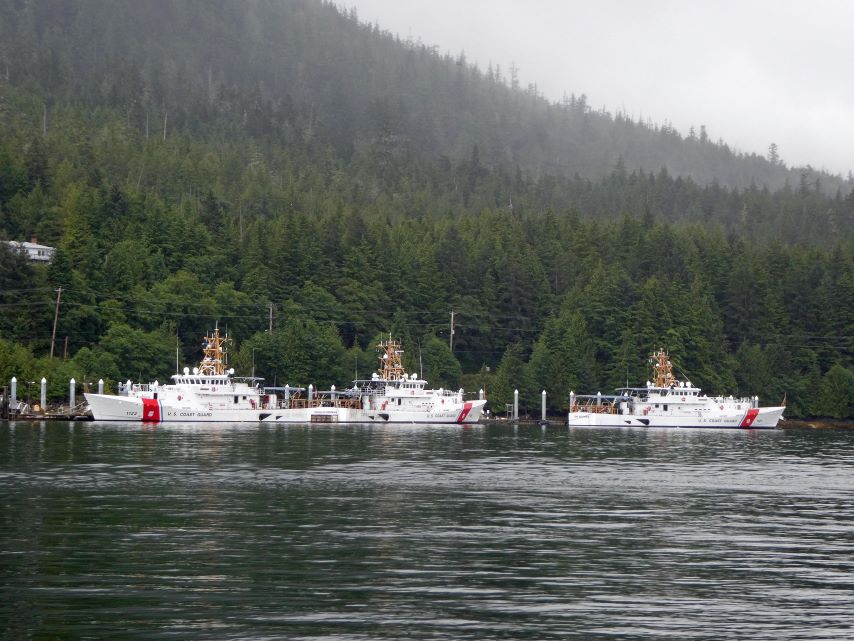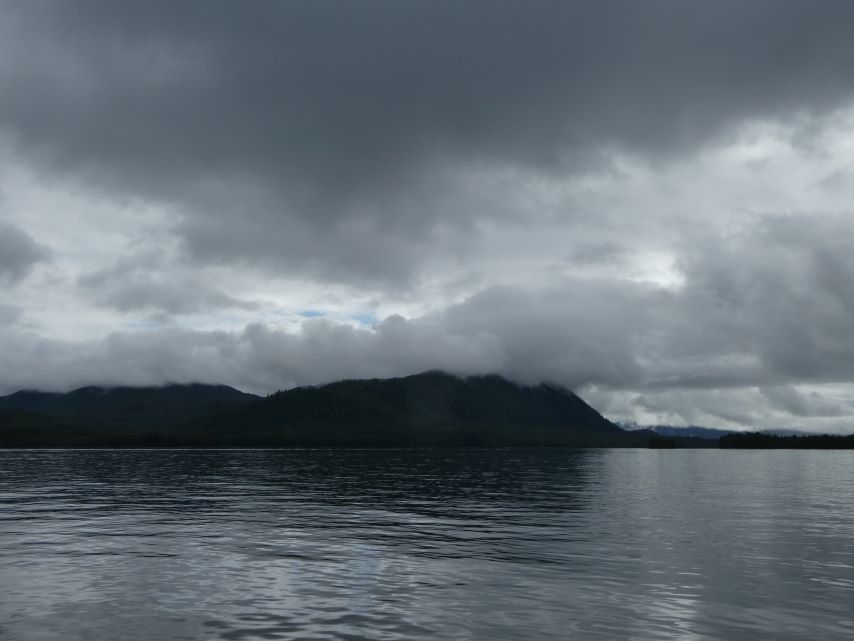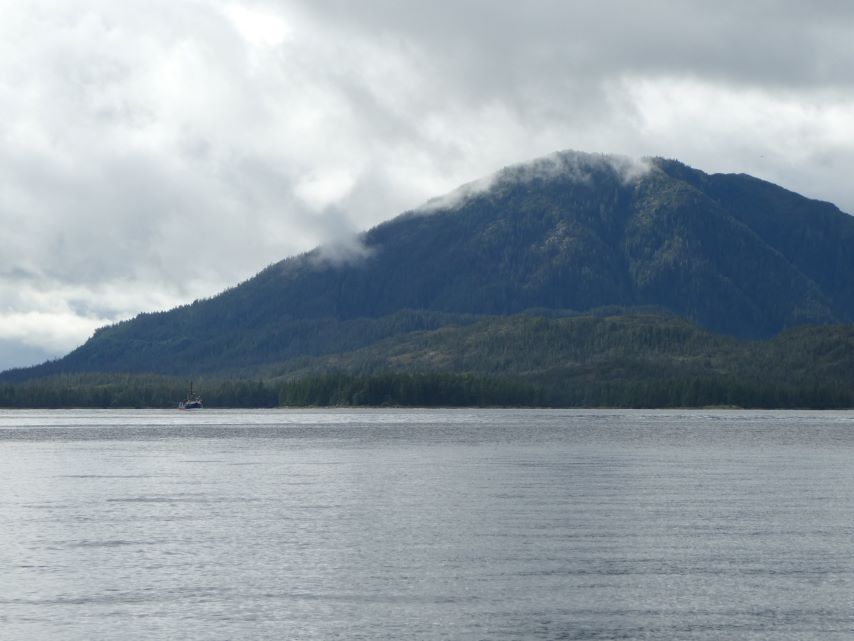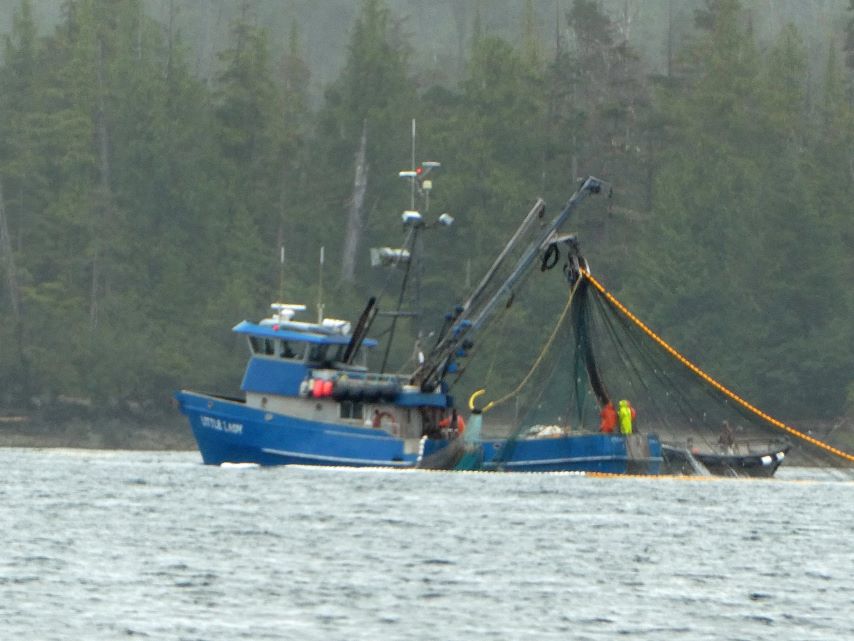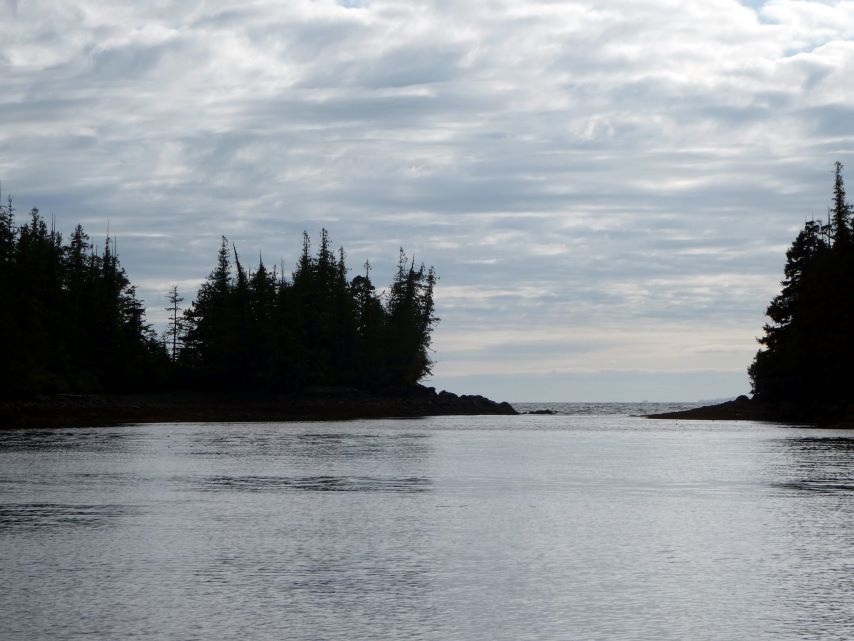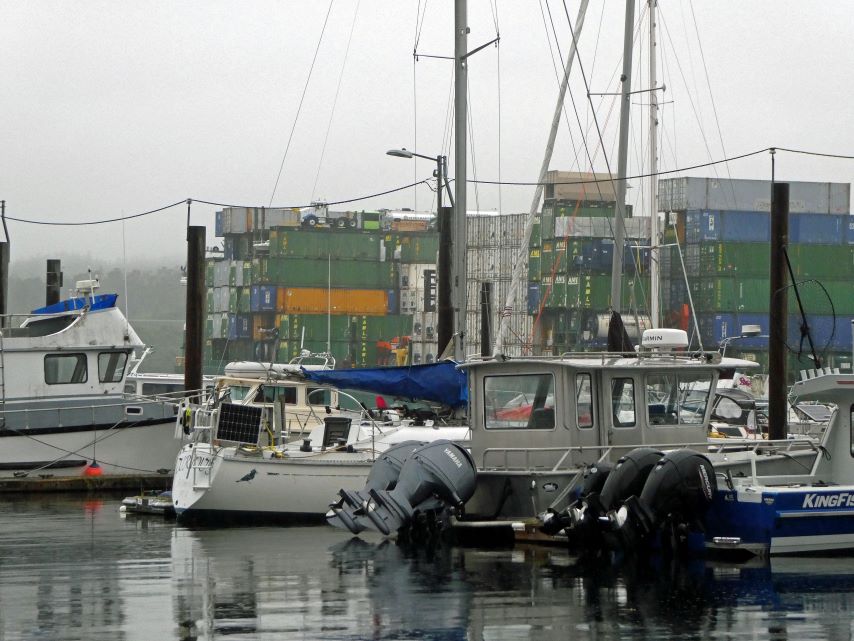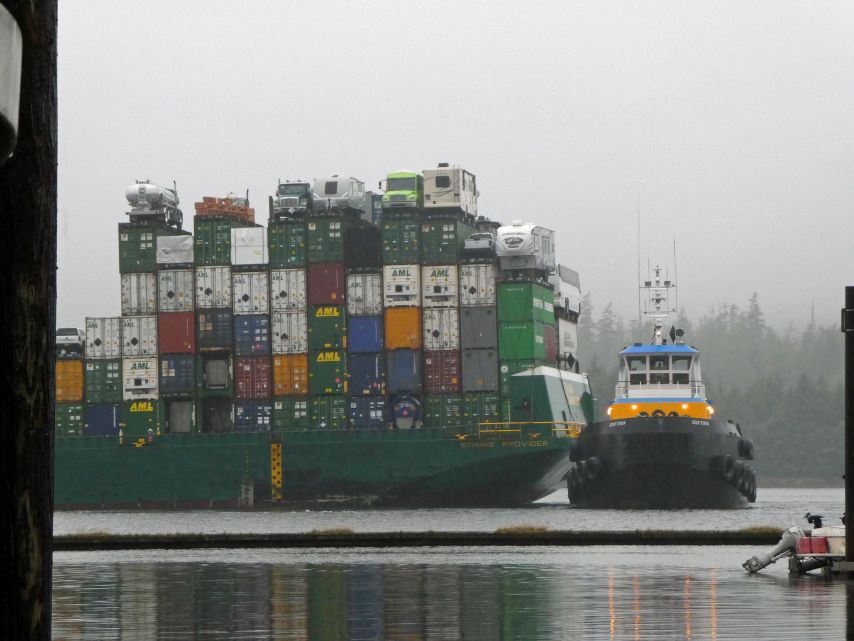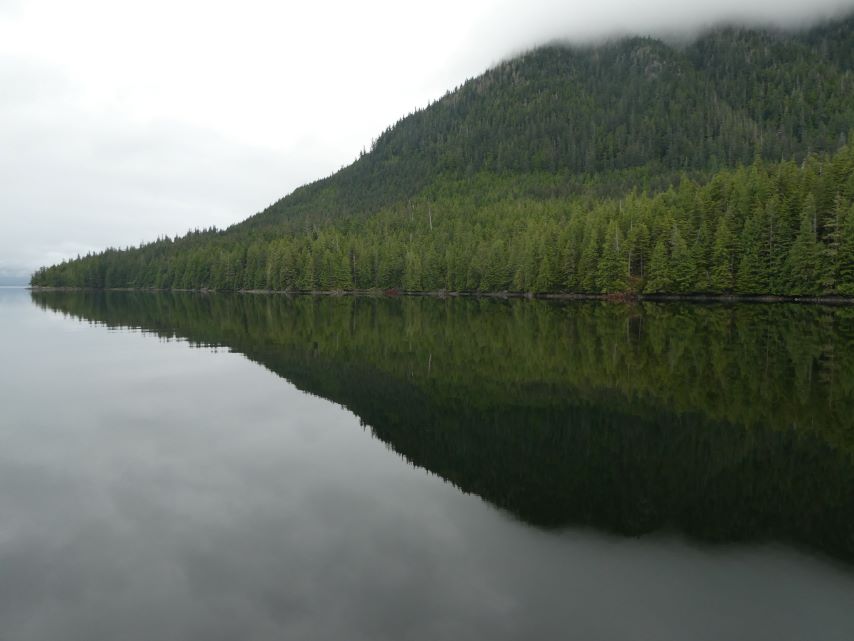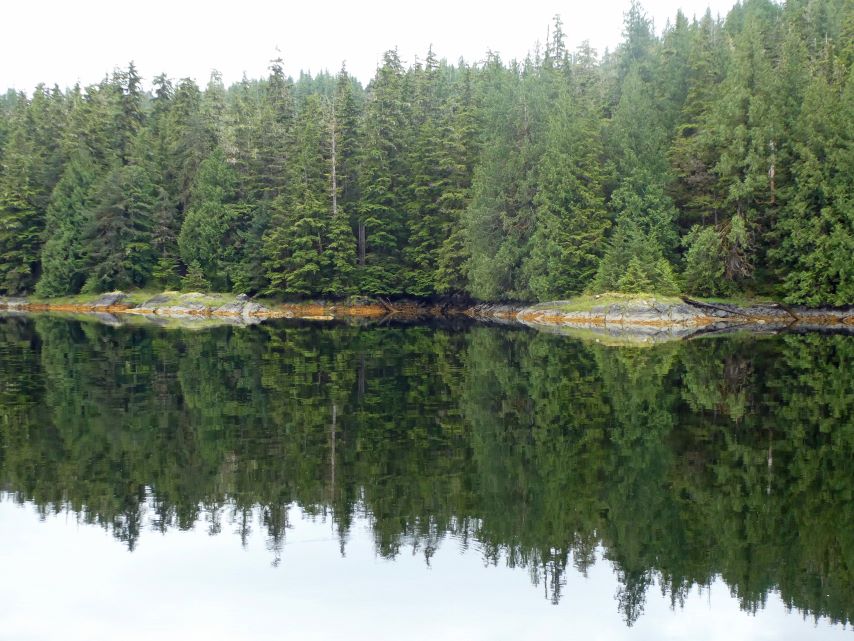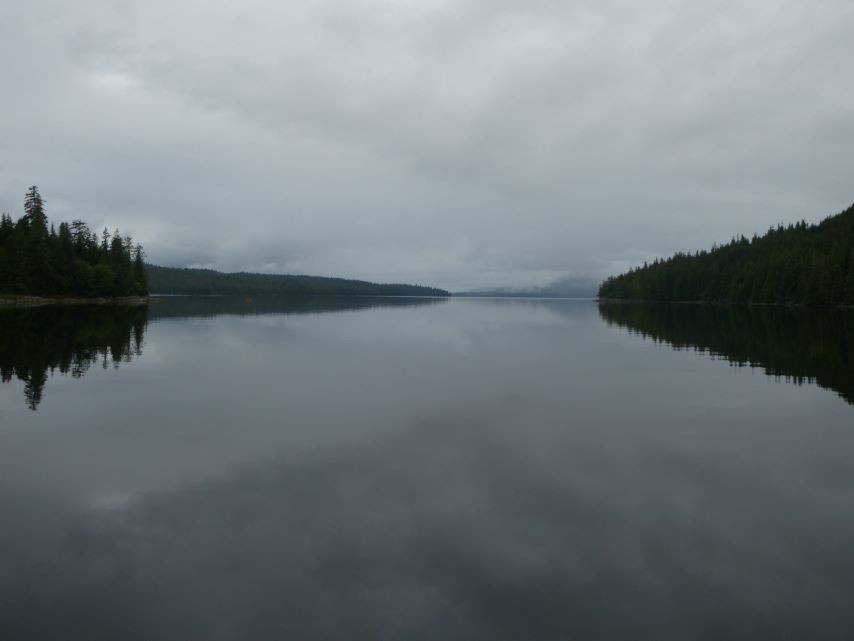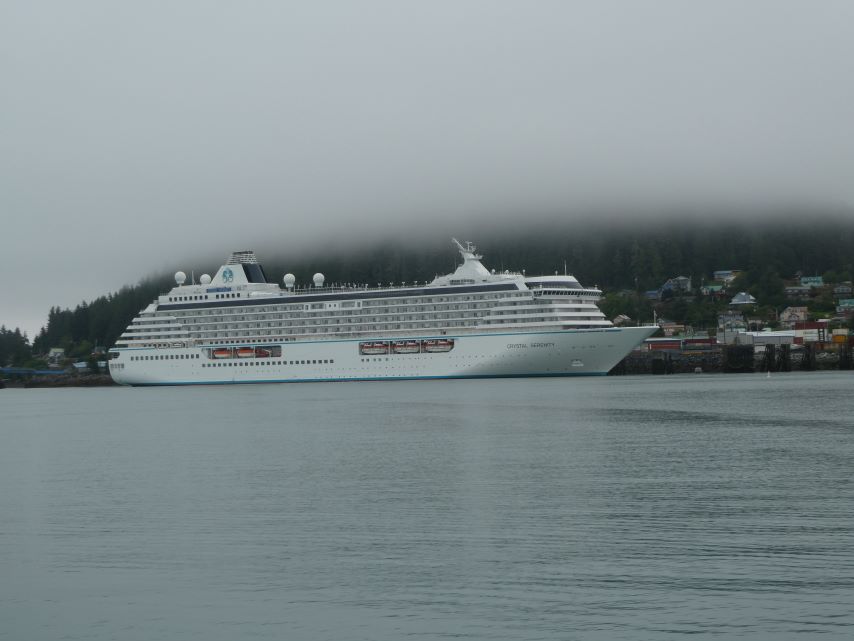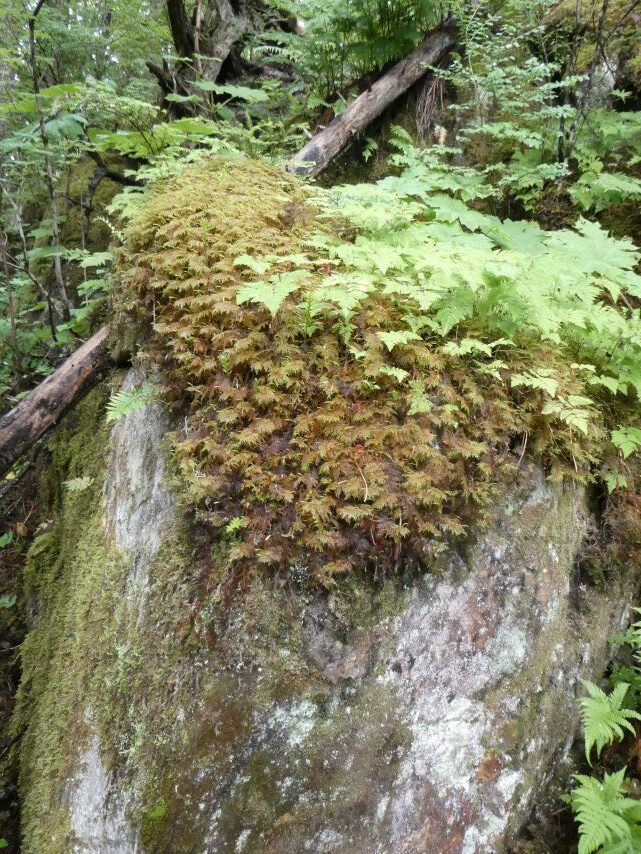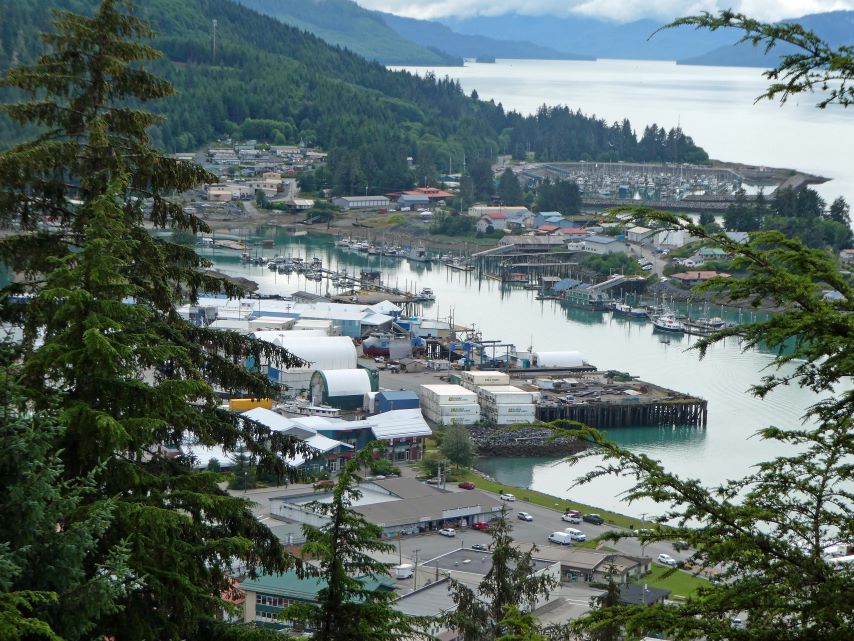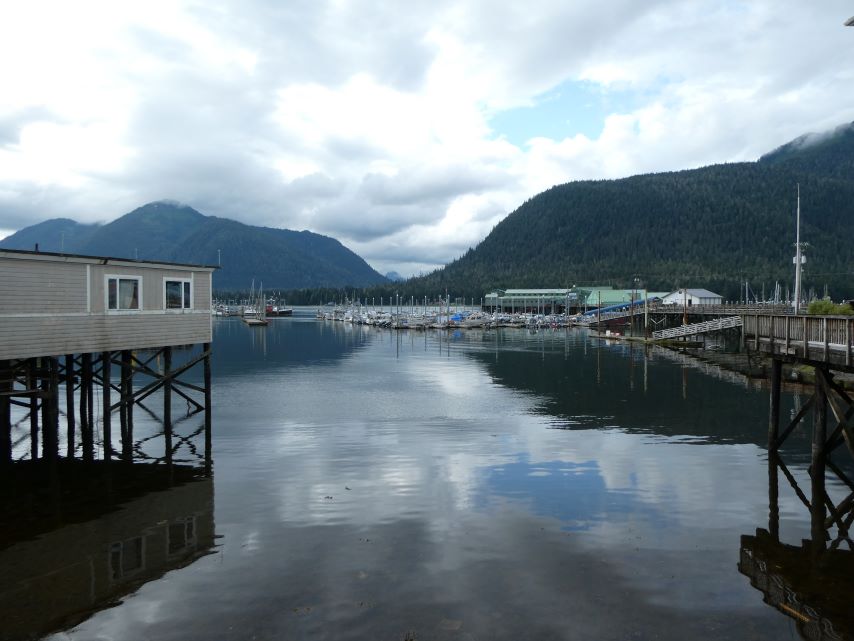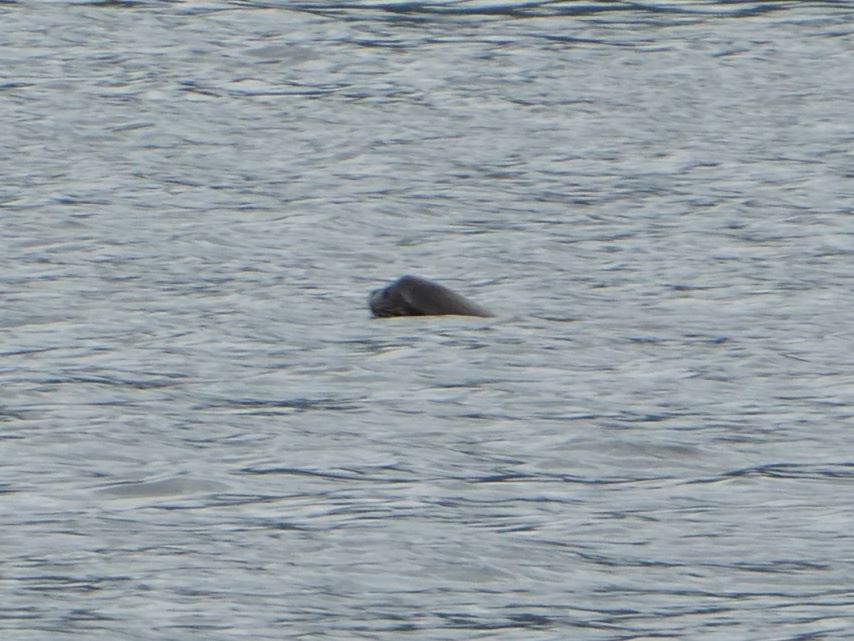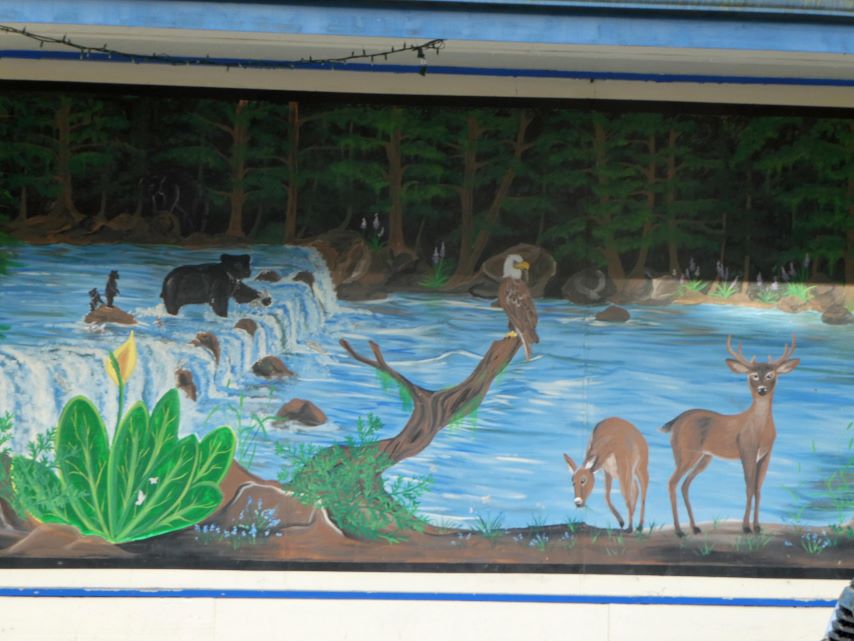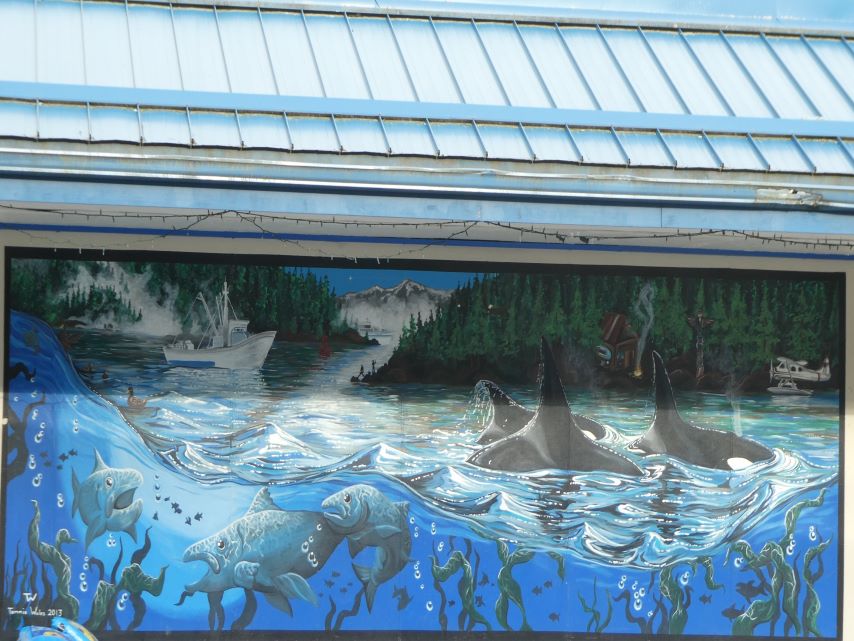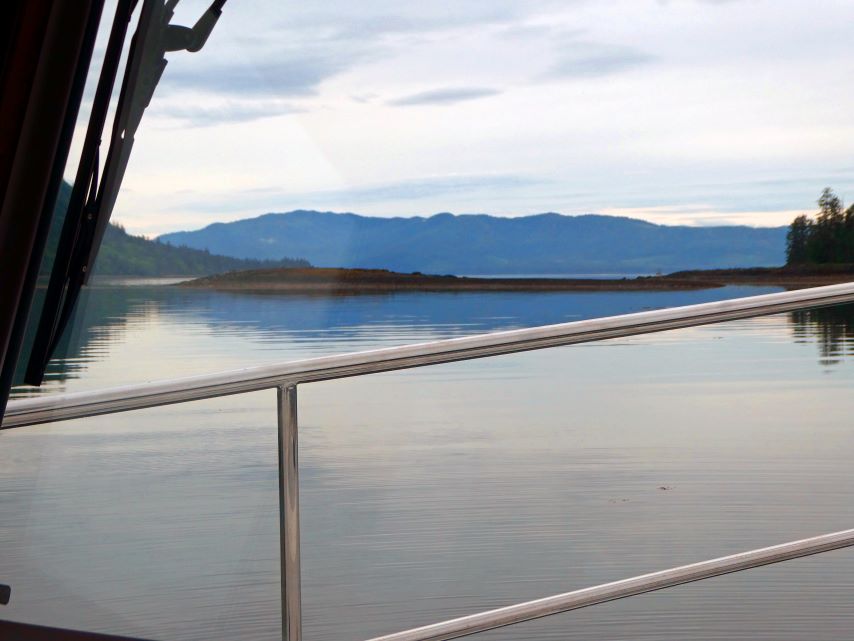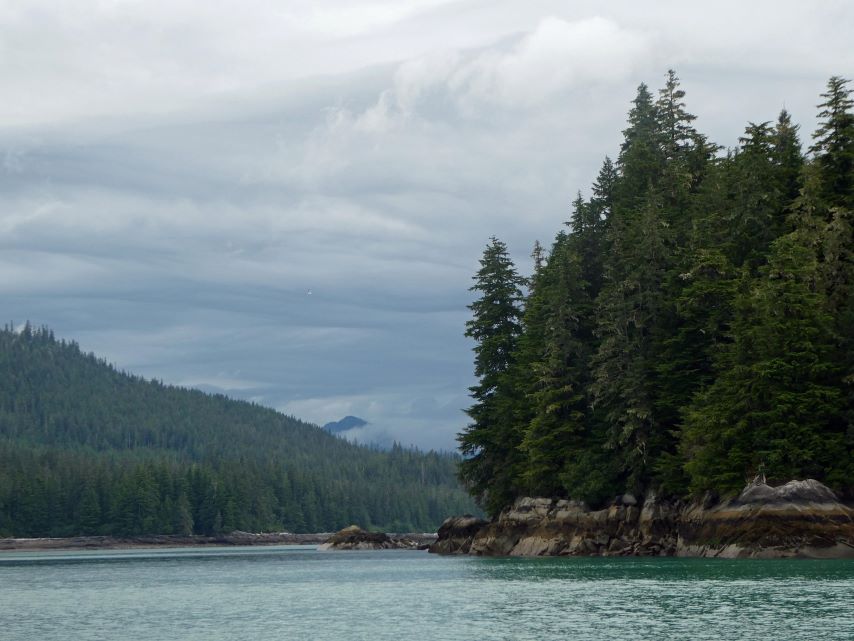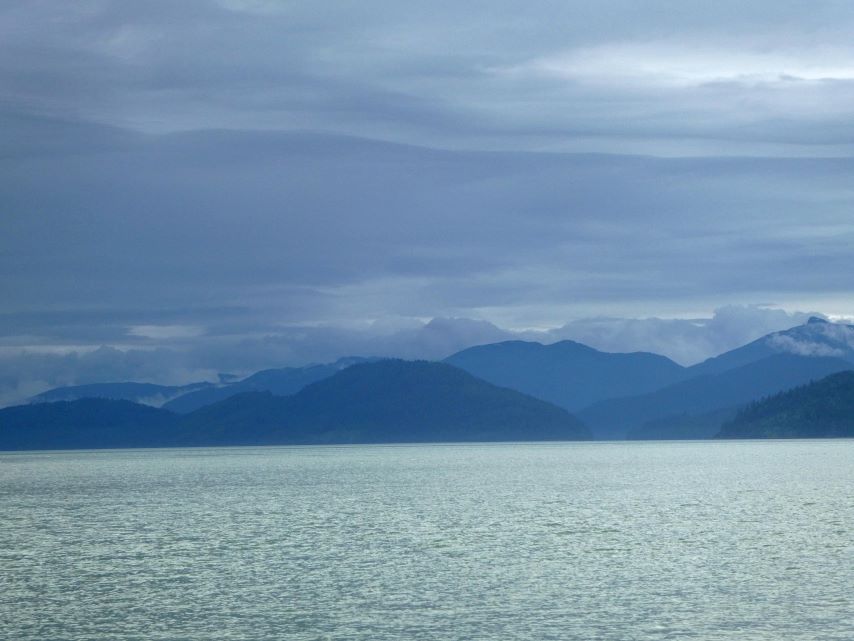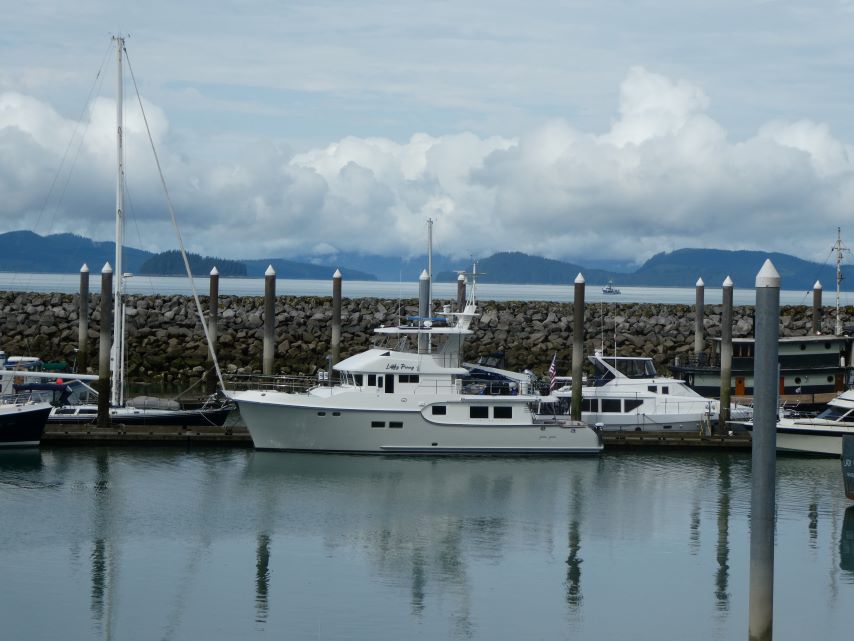August 4, 2024, Sunday
Klewnuggit Inlet has been a true wonder of nature. As we anchored in this serene bay, we were greeted by the sight of countless jellyfish drifting gracefully in the water. It’s easy to see why many cruisers affectionately call this place “Jellyfish Bay.” The jellyfish, with their delicate, pulsating movements, created a mesmerizing underwater display that was both calming and captivating.
Our time here has also deepened our fascination with loons. While we had occasionally spotted a loon here and there, last night and today we were treated to the sight and sound of many loons. Their calls echoed through the inlet, creating a hauntingly beautiful soundtrack to our stay. We learned that loons have a repertoire of calls, including the wail, yodel, tremolo, and hoot, each serving different purposes such as long-distance communication, territory defense, and signaling distress. Their nocturnal choruses, described by writer John McPhee as “the laugh of the deeply insane,” added an eerie yet enchanting element to the night. Adding to the wonder of our surroundings, we observed a majestic eagle perched high in a tree, about 75 feet above the water. The eagle was sitting on a nest, a testament to the thriving wildlife in this pristine environment. The presence of these magnificent birds, along with the loons and jellyfish, underscored the untouched beauty and tranquility of Klewnuggit Inlet.

Jellyfish Video




Loon Video

S
































